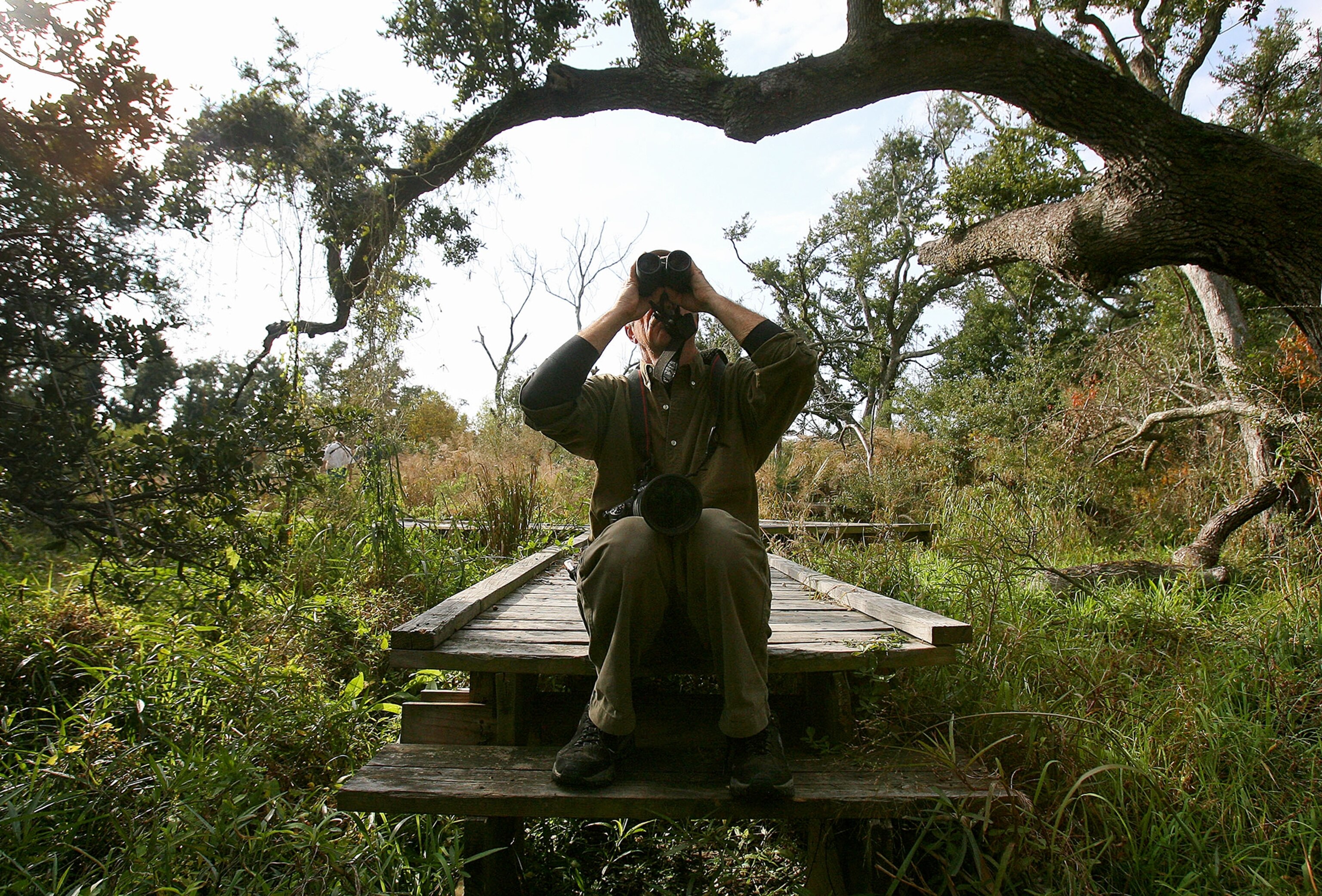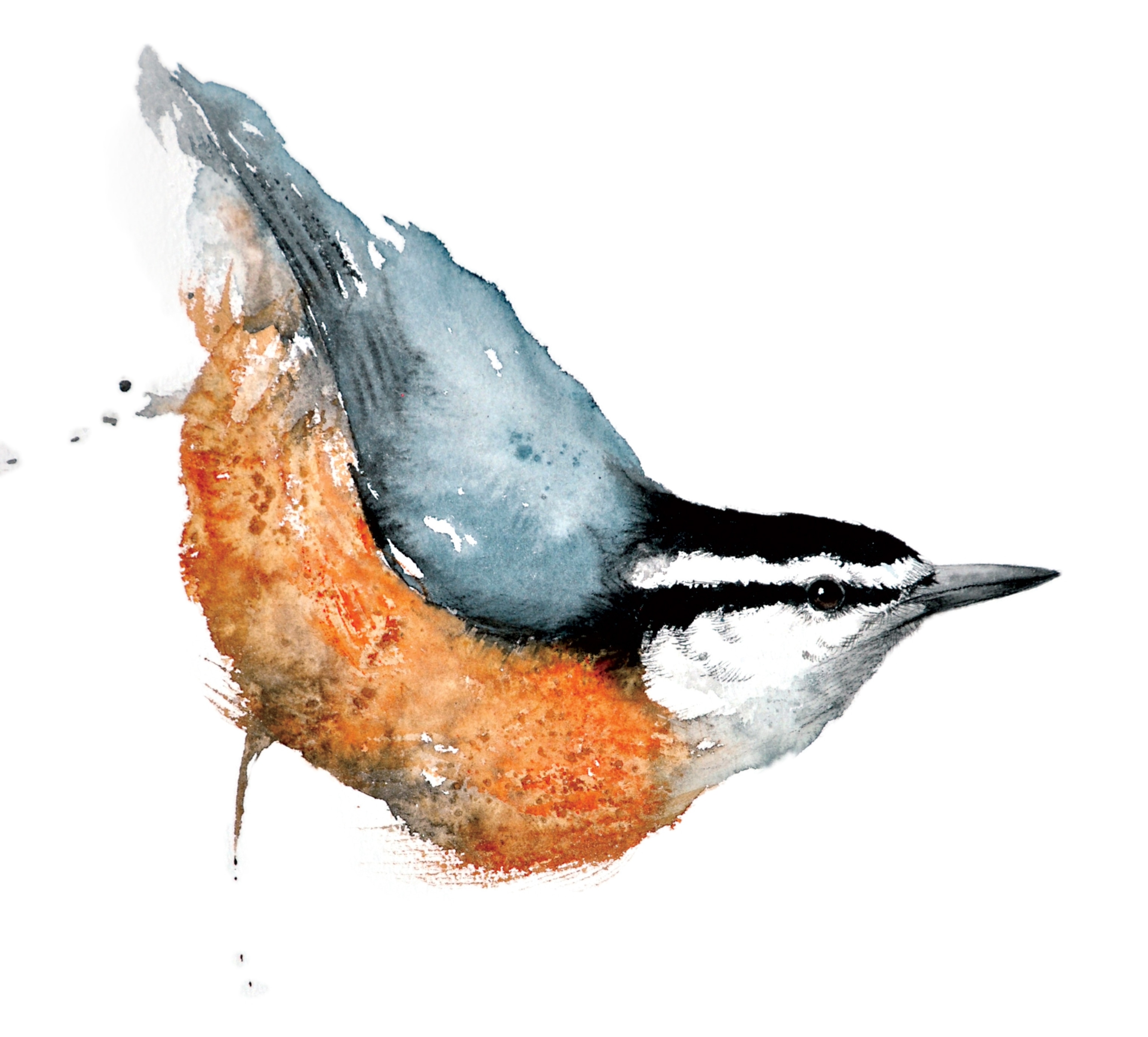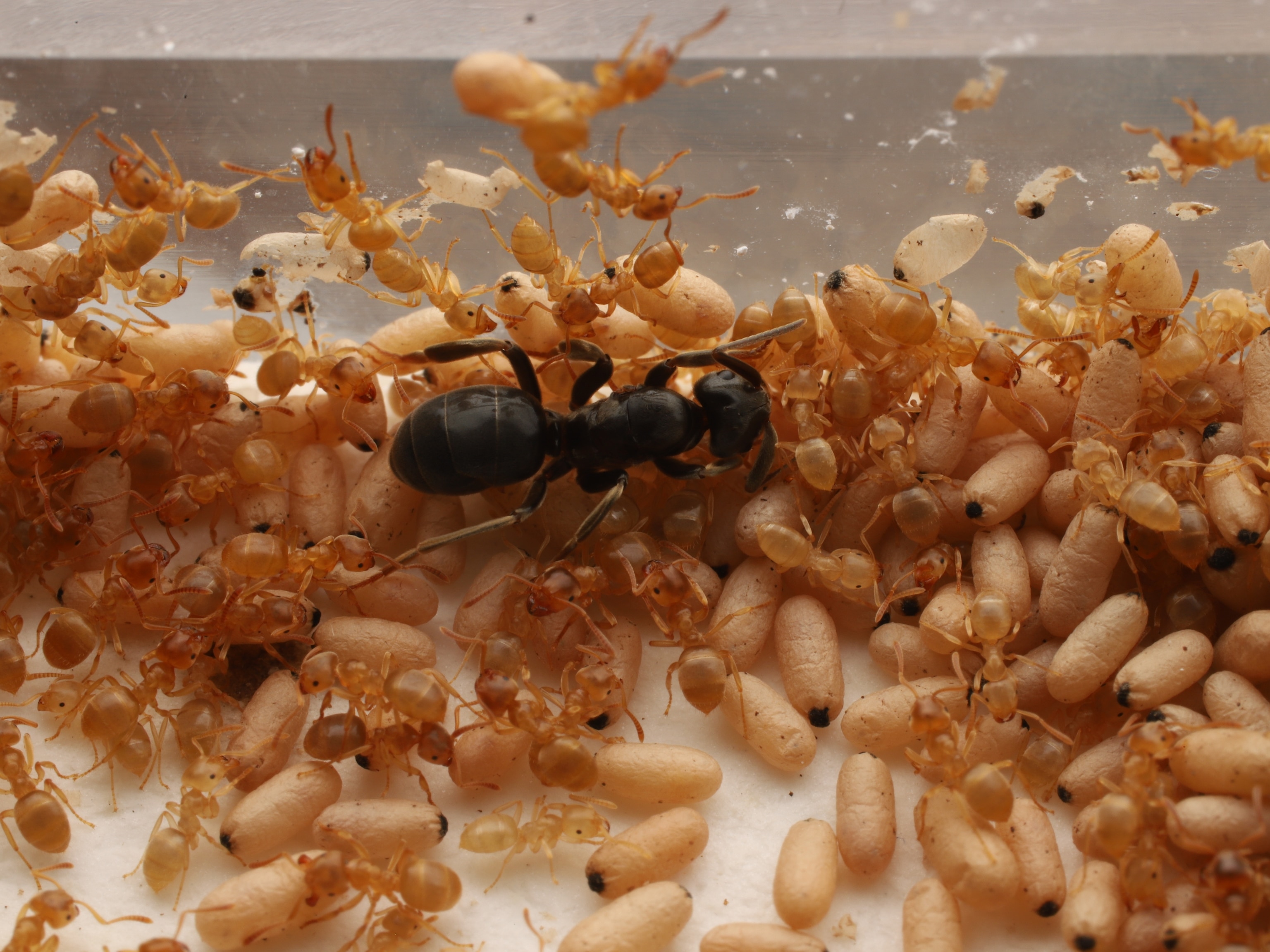
The Perils of Aging: A Problem for Citizen Science?
Errors creep into bird population surveys as volunteers get older, new study says.
Each spring, thousands of binocular-clad volunteers scour natural areas across North America to count birds in the name of science. This gargantuan effort helps scientists take the pulse of bird populations and make important management decisions—but errors creep into the data as volunteers age, according to a new study.
Bird-watchers over 50 weren't as proficient as younger volunteers—those under 40—at detecting 13 (of 43 examined) songbird species during surveys for the Atlas of the Breeding Birds of Ontario in Canada. (Check out National Geographic's photo gallery of songbirds.)
In some respects, this doesn't come as a huge surprise: The aging process tends to knock out our ability to hear high-pitched sounds, and most songbirds are detected by hearing their song rather than seeing them flit through the trees.
But—contrary to expectations—the songs produced by the 13 problematic species did not cluster at the higher-pitched end of the spectrum. Some of the species, like the yellow-bellied flycatcher, sing relatively low-pitched songs.
"I was surprised that the results were not as strong for hearing loss as we might have expected," said Robert Farmer, the lead author of the study, published in the June issue of the journal Ecology and Evolution.
"There is an aging effect but it's not restricted to birds that sing at [pitches] associated with hearing loss," continued Farmer, who did this research while he was a doctoral student at Dalhousie University in Halifax, Canada. (See "North American Birds Declining as Threats Mount.")
Perils of Aging
Farmer and his colleagues didn't go out into the field to test the ability of volunteers to detect birds. Instead, they figured it out statistically, using thousands of bird-survey records and information on the approximate age of volunteers, which they looked up using websites and other sources.
This method was made possible because most areas were surveyed by more than one person. Volunteers were deemed to be less proficient if they failed to detect a bird that other people reported as being present in the same area.
As it turned out, more than a quarter of the species were less likely to be detected if a volunteer more than 50 years in age was surveying the area.
And the findings don't end there.
The scientists did a similar analysis using an even larger dataset produced by the North American Breeding Bird Survey (BBS), which is administered by the U.S. Geological Survey and Environment Canada and covers a huge swath of North America.
The results were comparable: Volunteers became less proficient at detecting songbirds as they aged—and the pitch of the bird's song didn't seem to matter. Older volunteers had a tougher time across the board.
Why might that be?
Farmer thinks it could relate to other side effects of aging, besides hearing loss.
"As people get older, their vision might be impaired and their reaction time might be slower."
Some surveys—such as the BBS—require volunteers to record information on all the birds they can detect in a brief three-minute window, which might be challenging for some older people if they have a lot of information coming at them rapidly, Farmer said.
Surveys Yield Valuable Data
Farmer is quick to point out that the aging effect he and his colleagues detected is subtle and that many older volunteers are valuable for these surveys because they have decades of experience identifying birds.
But he also says that age is important to consider because "when you are making management decisions, you want to have the most accurate results you can."
And that's the whole point of these surveys.
The largest survey—the BBS, which monitors more than 4,000 locations across North America each year—was established in the 1960s in response to concerns voiced by Rachel Carson and others that pesticides were reducing bird populations. (See our interview with the author of Rachel Carson and Her Sisters.)
The goal was to figure out how bird populations were doing across a wide geographic area. To that end, an army of volunteers skilled in bird identification was enlisted to perform surveys in a variety of locations.
At first the locations were restricted to the eastern United States and Canada, but within two years they stretched to the Pacific coast in both countries, said Keith Pardieck, a wildlife biologist with the U.S. Geological Survey who coordinates the BBS.
Since then, the survey has been the "foundation of nongame bird conservation in North America" and serves as "an early warning system" for the health of bird populations, he said.
"It really provides a lot of information that feeds into species assessment" and influences decisions about "what to spend time and effort on to try to conserve."

One notable example, he said, came in 1989 when an analysis of BBS data revealed widespread declines in a number of songbirds that spend their summers along the east coast of North America and their winters farther south in the tropics.
"Local studies had documented declines, but nothing on the scale of eastern North American woodlands," Pardieck said. "So that's what really caught folks' attention. The conservation world really took notice." (See National Geographic Magazine's story "Last Song for Migrating Birds.")
Does Age Really Matter?
Farmer noted that the jury is still out when it comes to whether aging among volunteers has biased our estimates of bird population trends.
Most volunteers involved in the surveys are more than 40 years old. But it's unclear whether the number of older individuals has changed over time.
Due to privacy concerns, survey organizers don't collect personal information from their volunteers, and the information Farmer and his colleagues gleaned from the survey records wasn't sufficient to get at that question.
Pardieck said that the BBS may consider changing its policy on collecting personal information in the future but that they would "have to look at the legal constraints and whether or not it's warranted from a scientific standpoint."
"Since these data are so important for [bird] conservation, it behooves us to track it down further."
In the meantime, he says, they are vigilant in trying to educate their volunteers about the importance of collecting quality data.
"We ask our observers to self-select out. We make it known that they have to have good hearing prior to participating."
He also said that "if we see that certain high [-pitched] birds have dropped out" from a volunteer's survey, but they are found in neighboring areas, "it will prompt us to call them and talk to them about it."
Other scientists don't see a reason to get too worked up over age.
"To me it's not near as bad as I may have expected," said John Faaborg, a bird biologist at the University of Missouri, who was not involved in the study.
"With all the other [potential] sources of error, maybe it's not that big of a deal having a bunch of old men doing these surveys."
Follow Katie Langin on Twitter.








